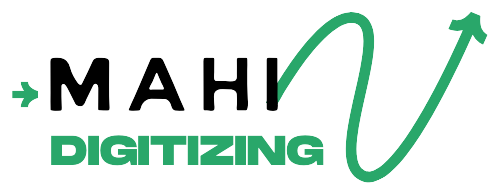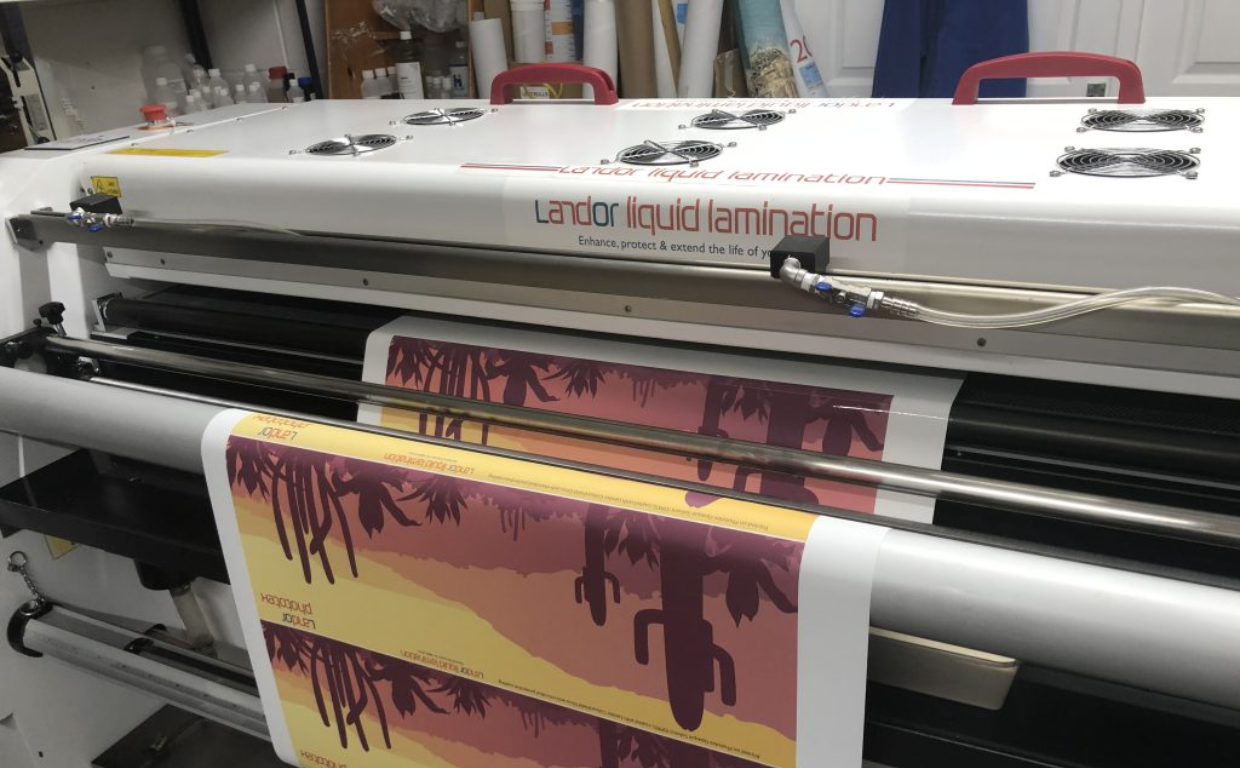Large-format printing requires more than just resizing a standard design. It demands clean vector graphics that scale perfectly without losing sharpness. At Mahi Digitizing, we help businesses prepare artwork that delivers bold, clear visuals for banners, signs, displays, and more.
Why Vector Files Are Essential for Large Prints
Large-format printers magnify every detail of a file, so resolution issues become far more noticeable. Raster images often blur or pixelate when scaled up, making them unsuitable for oversized outputs.
Vector files solve this by using mathematical paths to describe shapes and colors. This allows them to scale infinitely while maintaining crisp lines and accurate proportions.
Whether it’s a trade show backdrop, vehicle wrap, or outdoor billboard, vectorized designs ensure your message is seen loud and clear from any distance.
Using the right file type—such as AI, EPS, or PDF—guarantees compatibility and performance across printers and materials.
Our team at Mahi Digitizing creates scalable vector art that looks professional on every format, big or small.
Key Considerations Before You Start
Before converting a design for large-scale use, it’s important to evaluate your current artwork. Many logos or illustrations created for web or social media don’t have the resolution needed for print.
If your file is a JPEG, PNG, or low-res PDF, vectorization is essential. This process involves manually tracing shapes, cleaning up edges, and replacing pixel-based elements with scalable vector paths.
You also need to ensure all fonts are converted to outlines and any effects like shadows or gradients are handled properly by the output device.
Color consistency matters too. Use CMYK or Pantone values to match your branding across different materials.
At Mahi Digitizing, we guide you through every step to prepare your file with accuracy and industry-standard practices.
Choosing the Right File Format
For large-format printing, not all file types are created equal. Raster files like PNGs and JPEGs should be avoided due to quality loss when scaled.
Instead, use vector formats like AI (Adobe Illustrator), EPS (Encapsulated PostScript), or high-resolution PDF files with embedded vector data.
These formats preserve sharp lines, editable layers, and color data, making them ideal for plotters, wide-format inkjets, and vinyl cutters.
PDFs are especially useful for print approval and proofing, as they retain layout and font integrity across platforms.
We provide all artwork in industry-preferred file types so your printer can work without delays or quality issues.
Common Artwork Issues in Large Prints
- Low-resolution images: Pixelated graphics reduce professionalism and readability.
- Missing fonts: Designs look different if typefaces aren’t outlined or embedded.
- Incorrect dimensions: Scaling a file without proportions can distort the layout.
- RGB color mode: Printers use CMYK, so files must be converted for true color reproduction.
- Unflattened layers: Layers not merged may display improperly on older machines.
We audit your file for these errors and fix them during the vectorization and pre-press process.
Designing for Viewing Distance
Unlike desktop prints or product labels, large-format graphics are meant to be seen from a distance. This means your design elements should be bold, simple, and high-contrast.
Avoid small text or intricate details that will be hard to read or reproduce at larger scales.
Use clear fonts, consistent branding, and well-spaced layouts that guide the eye even from 10 feet away or more.
Negative space is your friend in large prints. It creates focus, balance, and visual clarity.
Mahi Digitizing can help you simplify complex logos or rework layouts for optimal large-format impact.
Importance of Bleeds and Safe Zones
In large-format production, trimming margins can shift slightly due to machine tolerance. To prevent unintended cropping, bleed areas and safe zones are necessary.
Bleed extends your design slightly beyond the final size to ensure full coverage after cutting. Safe zones keep text and important visuals away from edges.
Without these, logos or text may be trimmed too close or off-center during finishing.
We build these layout guides into every file so your printer receives exactly what’s needed to produce a flawless piece.
Our production-ready files meet bleed, margin, and trim standards for banners, signs, and wall graphics.
Benefits of Working with a Vector Expert
Not all vector conversions are created equal. Automatic tools often miss fine details or distort shapes. Manual vectorization ensures line-by-line precision and design integrity.
Working with a professional vector artist ensures consistency in typography, shape, and color even when scaling dramatically.
We also simplify designs where needed, creating smart layers for easy edits or production tweaks later on.
By understanding printing needs, we anticipate and avoid problems that occur with poorly vectorized files.
Request a quote to convert your artwork into a perfect, scalable format for your next large print project.
Trust Mahi Digitizing for Print-Ready Vector Artwork
Preparing your artwork for large-format printing isn’t just about making a file larger—it’s about making it smarter. With vectorization and expert formatting, you get scalable designs that perform perfectly across materials and surfaces.
At Mahi Digitizing, we deliver production-ready vector artwork that holds its integrity at any size. Our team ensures clean lines, balanced layouts, correct color modes, and proper formatting from start to finish.
Whether you’re preparing a trade show booth, exterior signage, or wall graphics, we’ve got your artwork covered.
Visit our Vector Art Services page to learn more or contact us for expert assistance.
Let us help you make a big impact—literally—with clean, scalable artwork that’s built for the spotlight.

